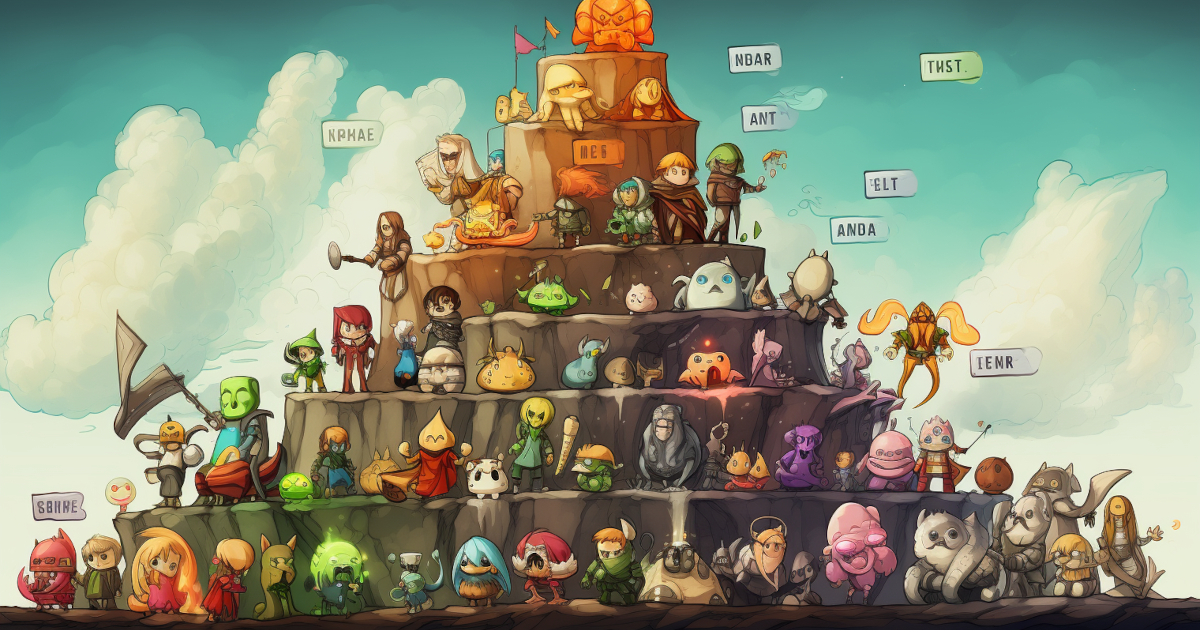Keeping tier lists up to date

We'll explore the strategies and considerations for keeping tier lists up to date, maintaining their accuracy, and adapting to changes in the subject matter.

Tier List Maintenance
Overview: Tier lists are a dynamic reflection of the subject they rank, whether it’s video game characters, movies, or food items. To maintain their relevance, it’s essential to keep them up to date. This article delves into the art of tier list maintenance and the significance of providing users with accurate and current information.
When you create a tier list, it’s like capturing a snapshot in time. The world doesn’t stand still, and neither should your tier list. Imagine ranking the best smartphones and leaving your list untouched for a year. New models emerge, technology advances, and user preferences change. To provide value to your audience, your tier list must evolve with the subject it ranks.
Establishing a Maintenance Schedule
Creating a Routine: The first step in keeping your tier list up to date is establishing a maintenance schedule. Consistency is key. Depending on the subject and how fast it evolves, you might choose a weekly, monthly, or quarterly review. This routine ensures that your tier list doesn’t become obsolete and maintains its accuracy.
Think of it as tending to a garden. Regular watering and pruning are necessary to keep it thriving. Similarly, a tier list benefits from consistent attention and care to remain vibrant and informative.
Gathering Updated Data
Data Collection: To accurately reflect changes in the ranked items or criteria, you’ll need to gather new data and information regularly. This could involve researching the latest developments, statistics, or user feedback. Reliable data collection is the foundation of a well-maintained tier list.
Imagine you’re curating a tier list of endangered species. New conservation efforts and population data emerge, affecting the rankings. Without updating the list with this vital information, it loses its relevance and utility.
Reassessing Criteria
Evaluating Criteria: Over time, the criteria you initially established for your tier list may require reevaluation. As circumstances change, it’s essential to revisit and potentially adjust your ranking criteria. Are the existing criteria still relevant? Are there new factors to consider? Ensuring your criteria align with the current context is essential for maintaining a meaningful tier list.
Think of criteria as the lenses through which you view and evaluate items or characters. Just as our perspective on the world evolves, your criteria must adapt to the changing landscape of the subject matter.
Adjusting Rankings
Ranking Updates: With updated data and criteria, you’ll need to embark on the process of reevaluating and reassigning ranks to the items in your list. This step ensures that the rankings accurately reflect the new information and criteria. It may involve moving items between tiers, adjusting scores, or introducing new categories.
Consider a tier list for mobile apps. As new apps enter the market, some might outperform existing ones in various aspects. Without adjusting the rankings, users may miss out on discovering better alternatives.
Addressing Community Feedback
Engaging with Users: Tier lists often have an engaged user base or community. Encourage your audience to provide feedback and suggestions for updates. Engaging with your users not only enriches the list but also fosters a sense of collaboration and ownership among your audience.
Your audience is your most valuable resource. They may spot nuances, trends, or changes that you might have missed. Embrace their feedback as an opportunity to enhance the accuracy of your tier list.
Transparency in Updates
Open Communication: Transparency is crucial when it comes to tier list updates. Clearly communicate changes to your audience. Explain the reasons behind ranking adjustments, new criteria, or shifts in the tier list’s focus. Open and honest communication builds trust and understanding among your users.
Think of transparency as the glue that binds your audience to your tier list. It’s the assurance that updates are made with integrity and a commitment to providing accurate information.
Conclusion
Keeping tier lists up to date is not a one-time task but an ongoing commitment to accuracy and relevance. By establishing a maintenance routine, collecting updated data, reassessing criteria, adjusting rankings, engaging with your community, leveraging technology, and maintaining transparency, your tier list will continue to provide valuable insights and remain a trusted resource for your audience.


